The Mirny Mine, also known as the Mir Mine, is a former open-pit diamond mine at the edge of the small town of Mirny in Eastern Siberia, Russia.
The town of Mirny was founded when the mining began in the area in the 1950s. Today, the mine is inactive and was closed in 2004. The mine is approximately 1,722 feet deep and has a diameter of 3,900 feet. It is the second largest man-made hole in the world.
The first and largest excavated hole is a copper mine located in Bingham Canyon, Utah, United States.
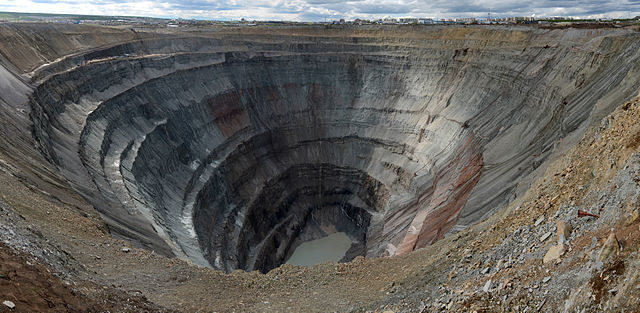
The large amounts of diamonds were of considerable importance for building the industrial empire of the USSR.
Diamonds were useful not just for their monetary value, but also for machines and industrial robots that needed them to function.
Stalin commissioned geological expeditions in Eastern Siberia in the 1940s and 1950s to search for traces of diamonds. After several fruitless explorations, signs of the volcanic rock kimberlite, a mineral that is often associated with the presence of diamonds, were found during the Amakinsky Expedition in Yakut ASSR in 1955.
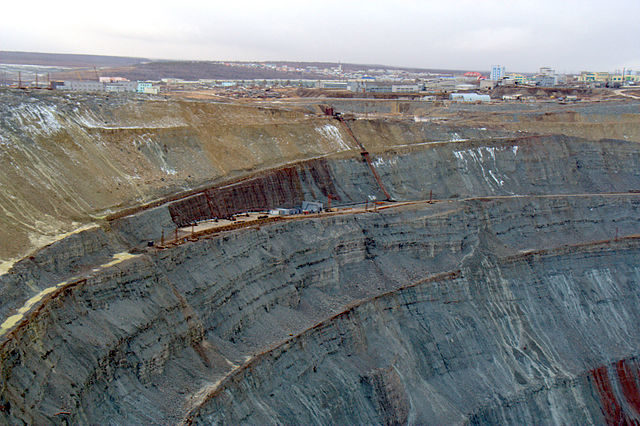
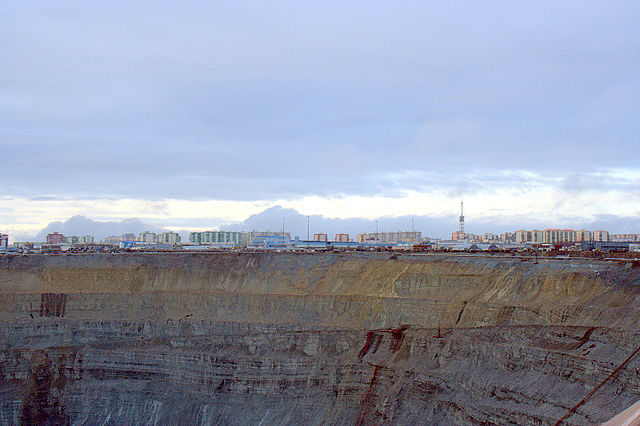
The mining began in 1957 under the extreme cold of the Siberian climate. Winter in Siberia lasts for seven months, and during this time the ground is completely frozen. In these conditions, mining was very difficult and almost impossible.
Winter temperatures were so low that steel cracked and oil froze. The whole mine was covered at night to stop the machines from freezing. During the winter, jet engines were used to melt and dig the permafrost. When that didn’t work, dynamite was used to destroy the permafrost and bring the kimberlite mineral to the surface.
During the short summer, the ground was filled with melted snow and ice. The buildings were built on piles of rubble because permafrost is too soft to provide a secure foundation. The main processing plant was constructed on solid ground 20 km away from the town of Mirny.
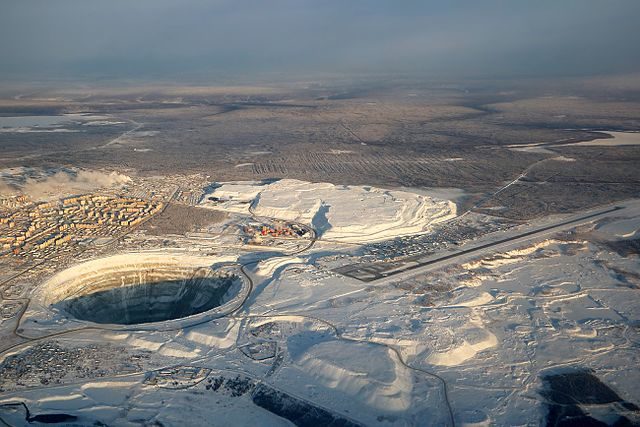
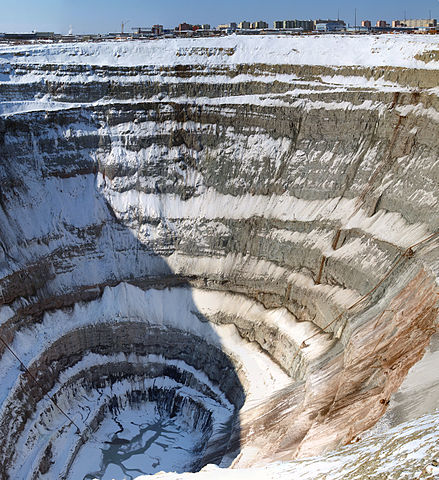
In the 1960s, at its zenith, the Mirny mine produced 10 million carats (2000 kg) of diamonds every year and came to rival even South Africa’s diamond industry. A good percentage of the diamonds were gem-quality.
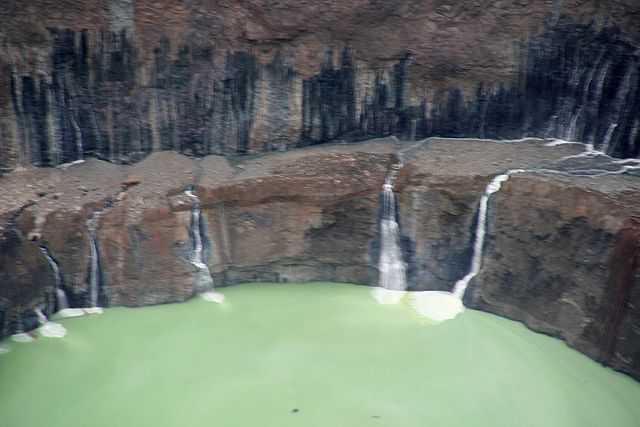
The mine is now closed, but diamond mining continues beneath the original pit in underground tunnels. The road leading down to the tunnels spirals down from the lip of the hole to its basin. The trip down takes two hours. The adjacent town of Mirny has 37, 000 inhabitants and is the diamond capital of Russia.
